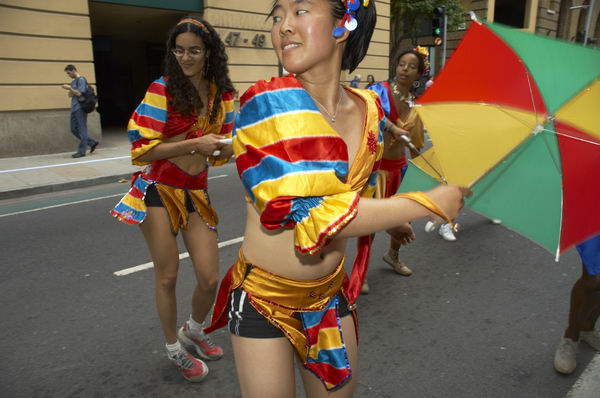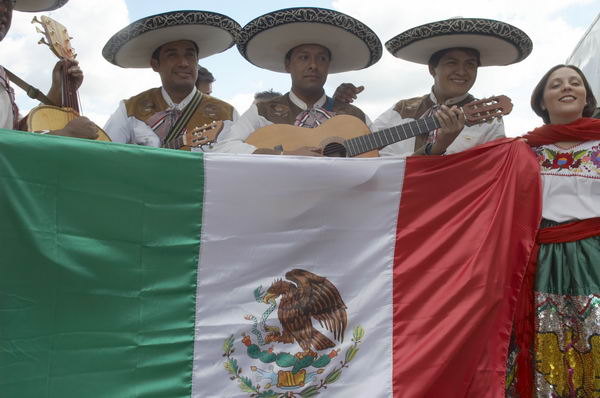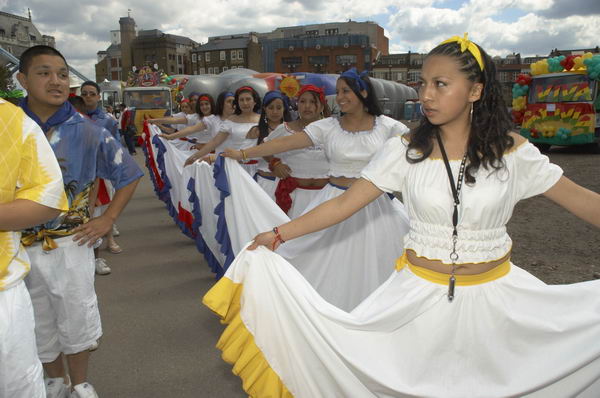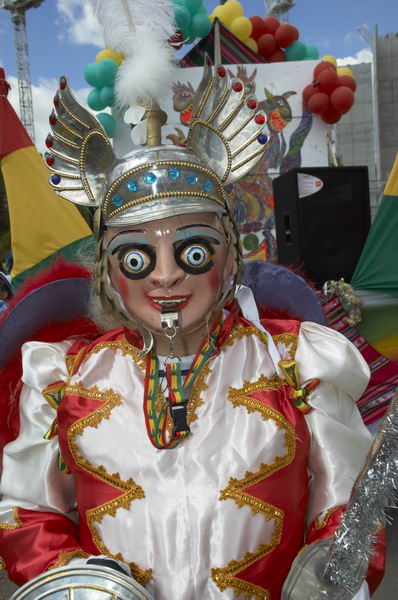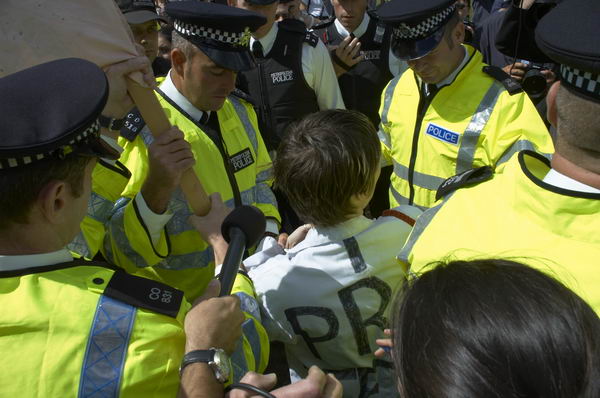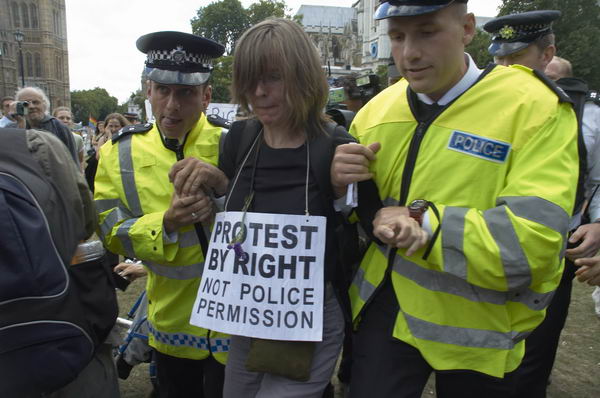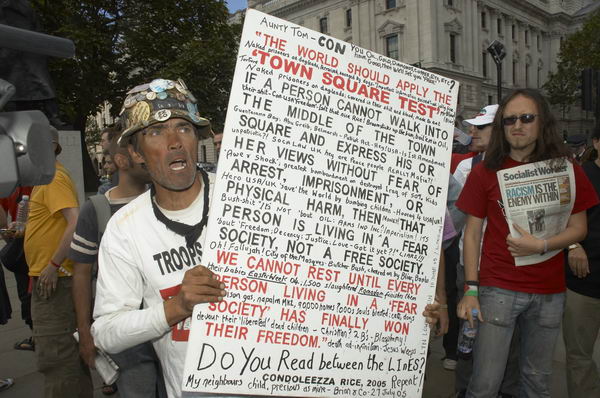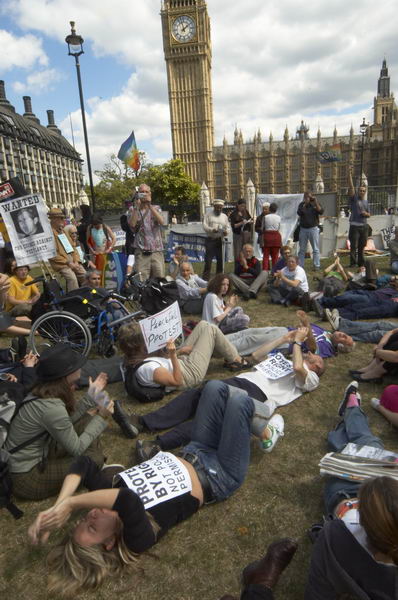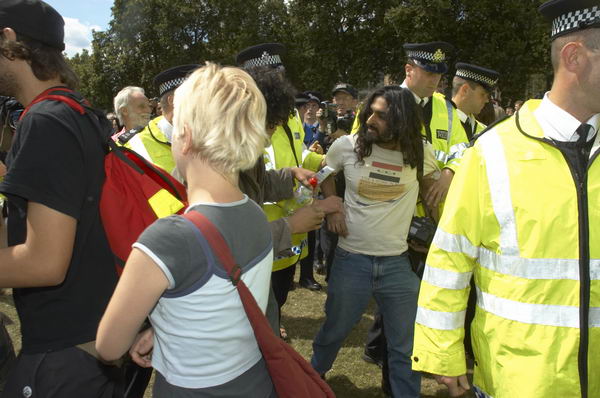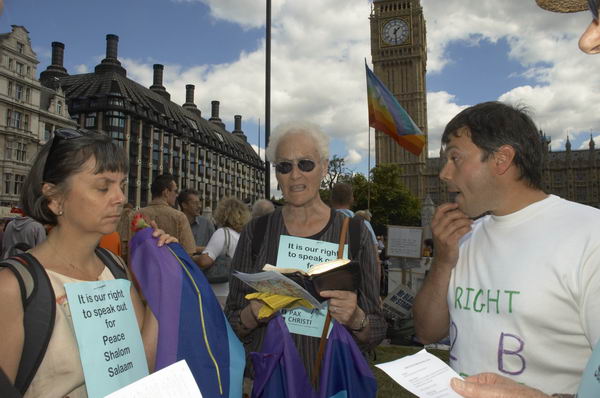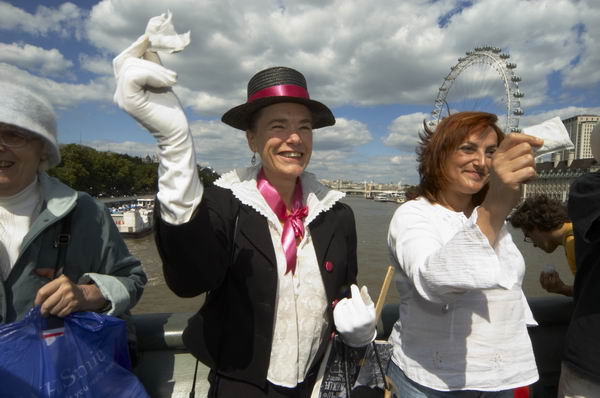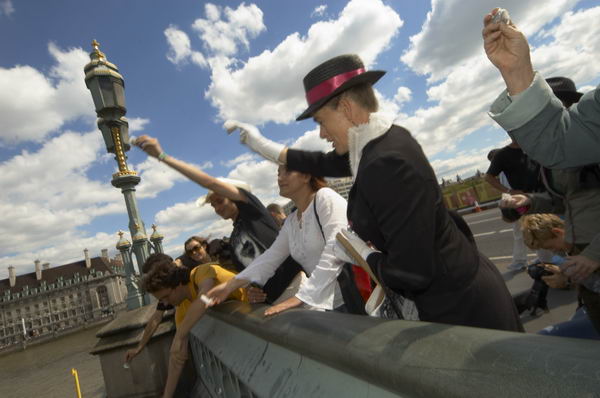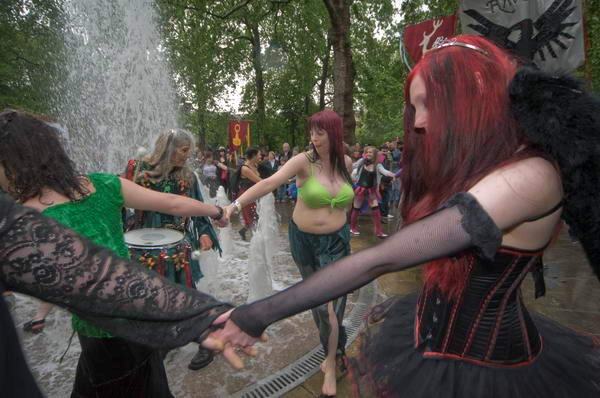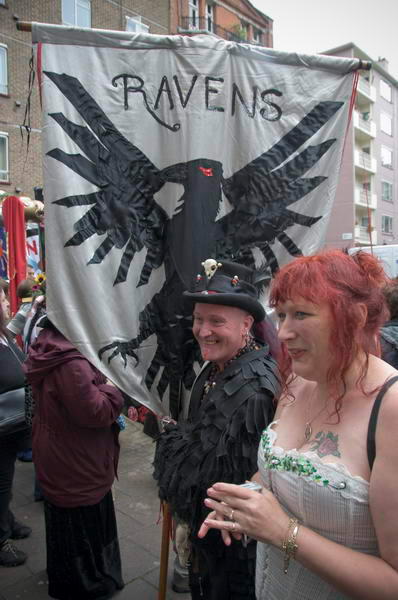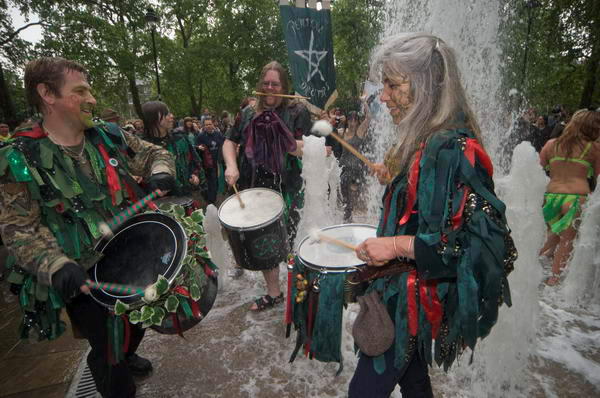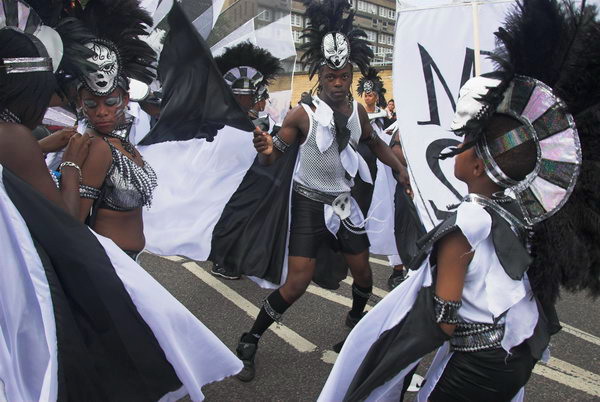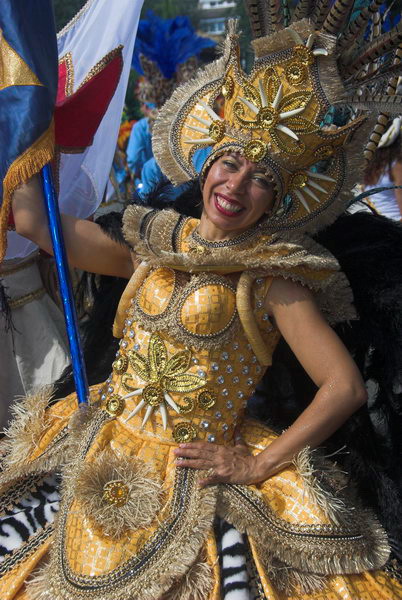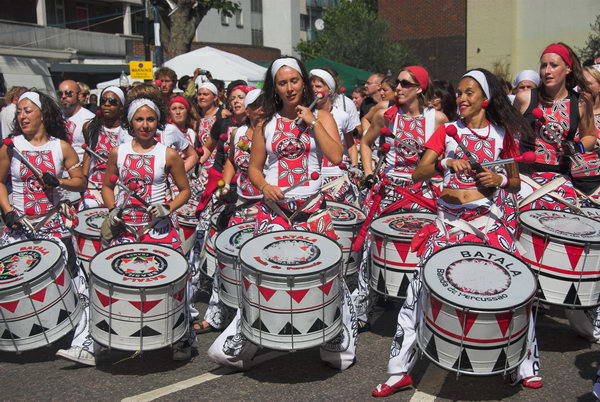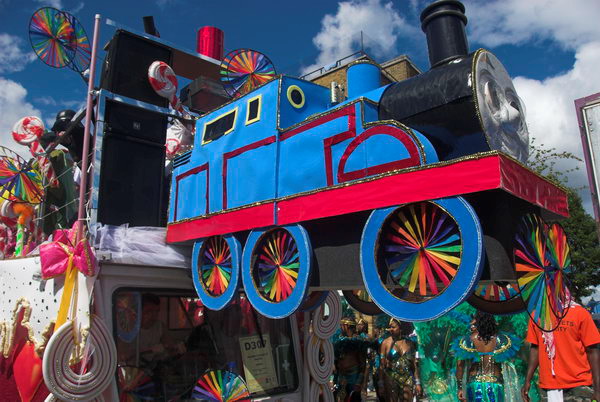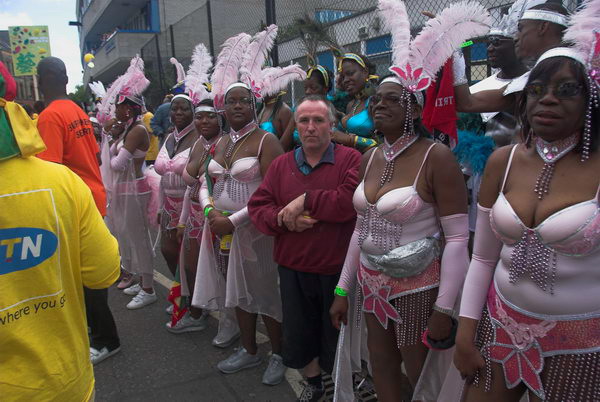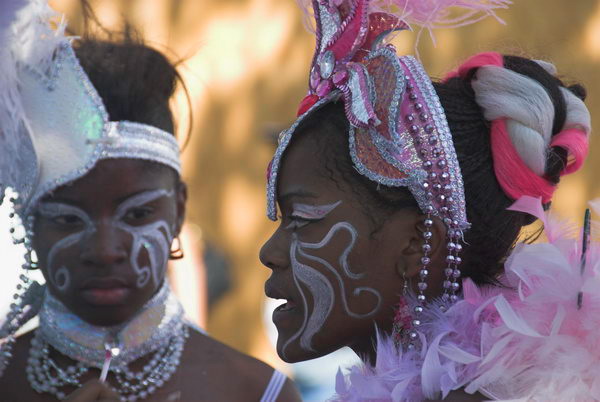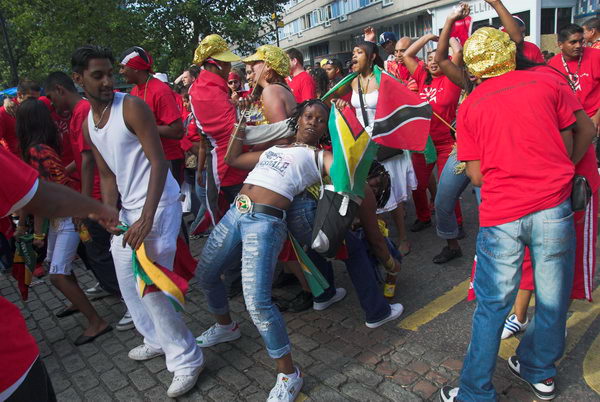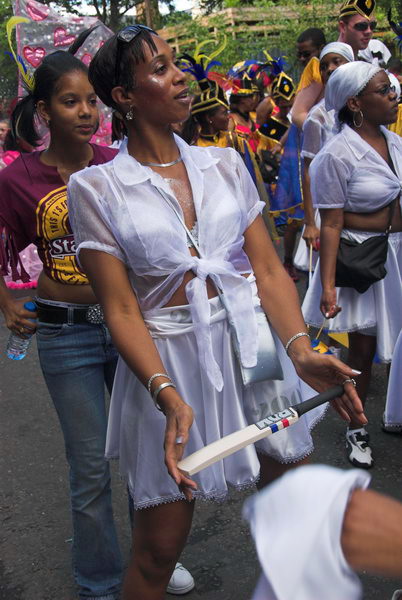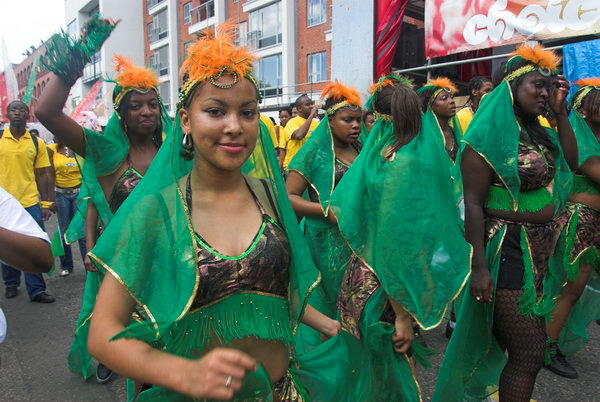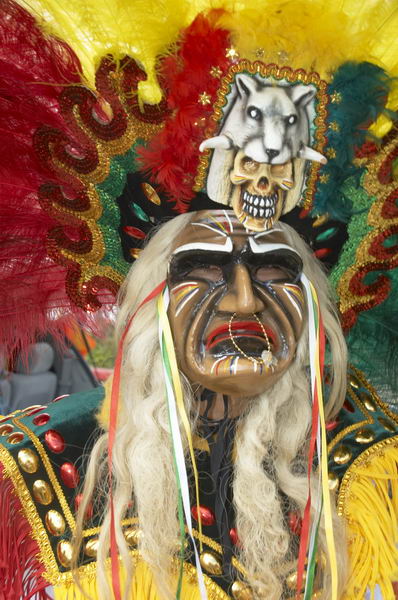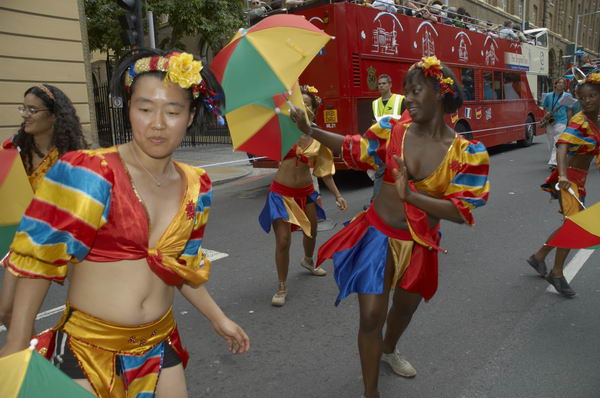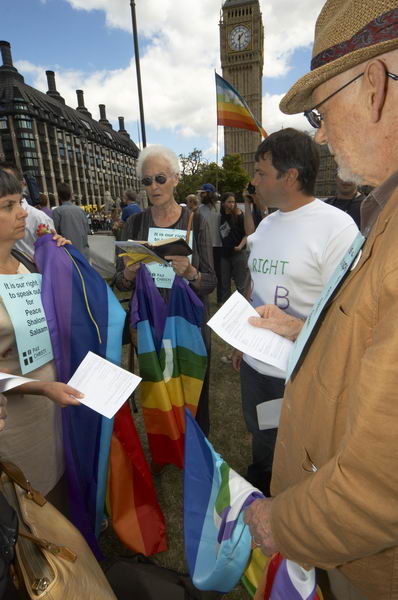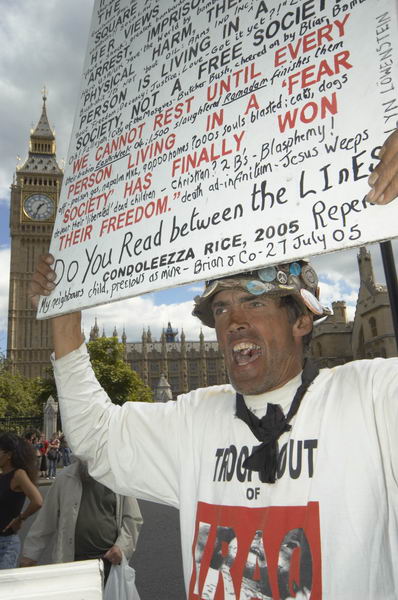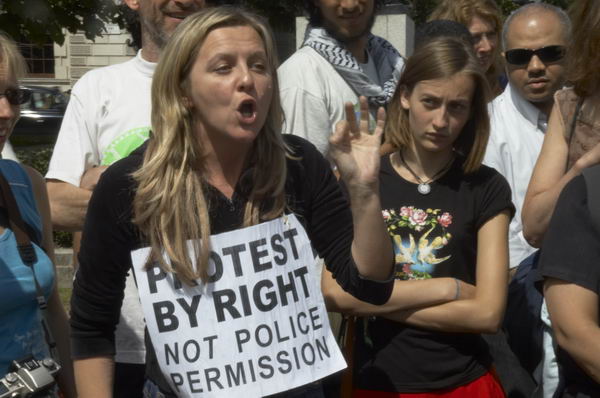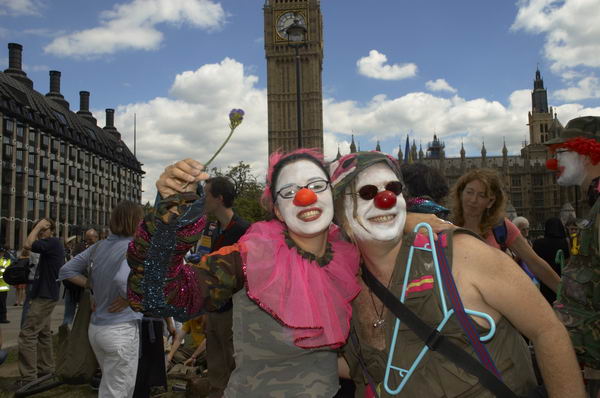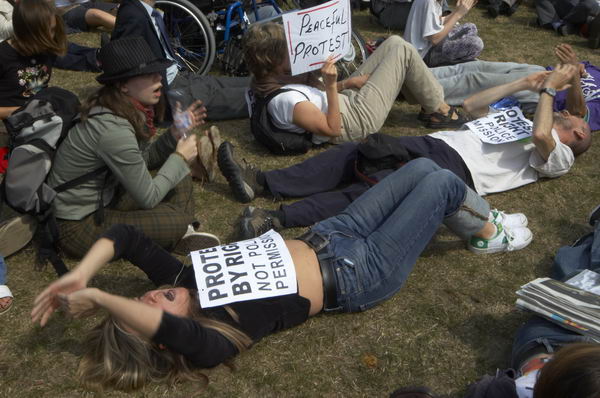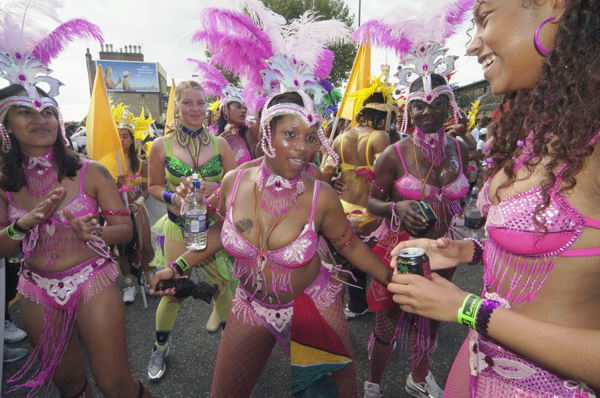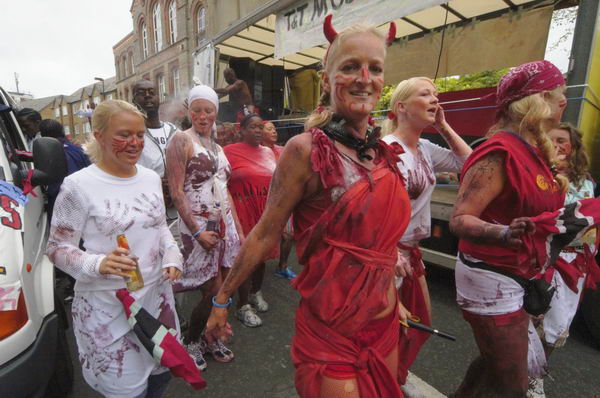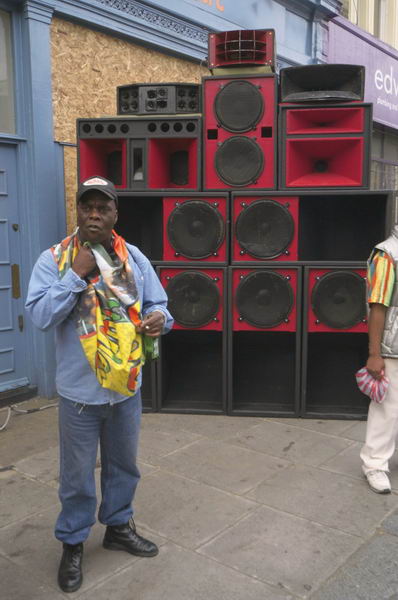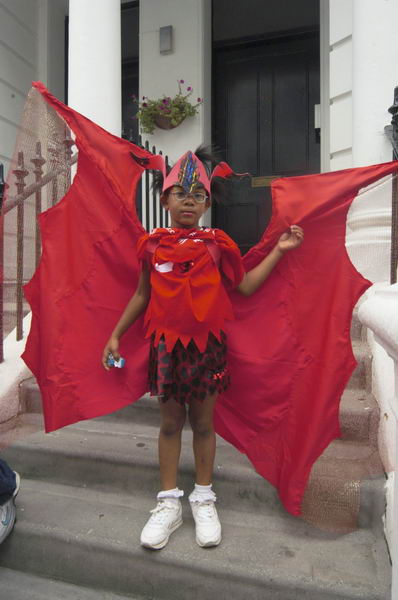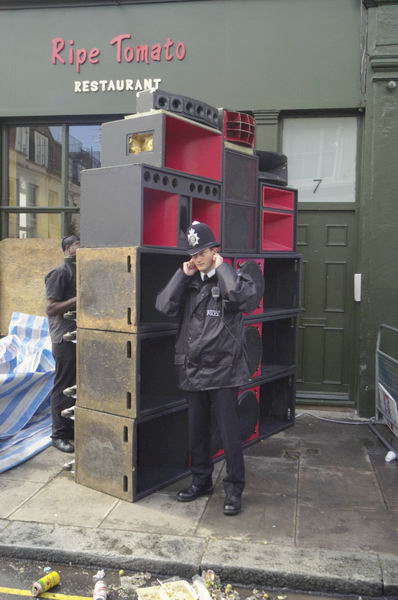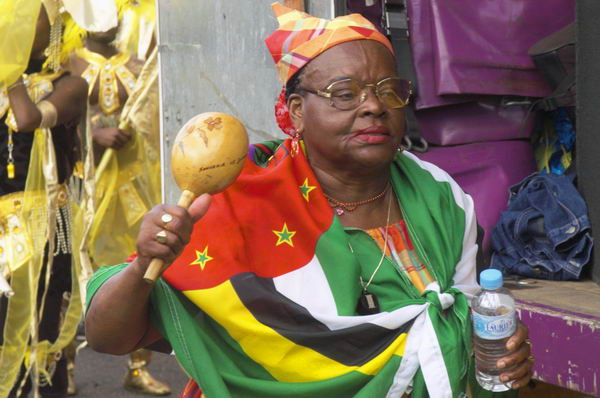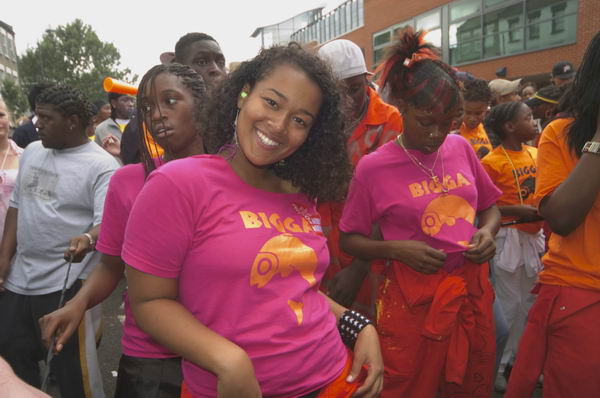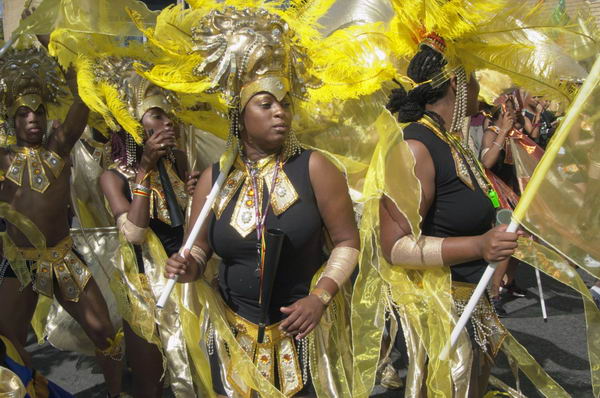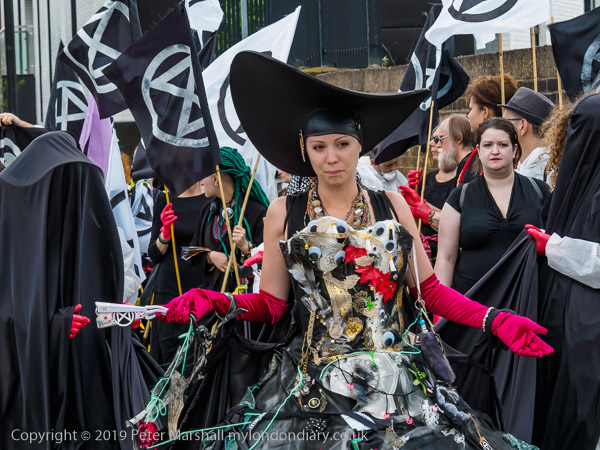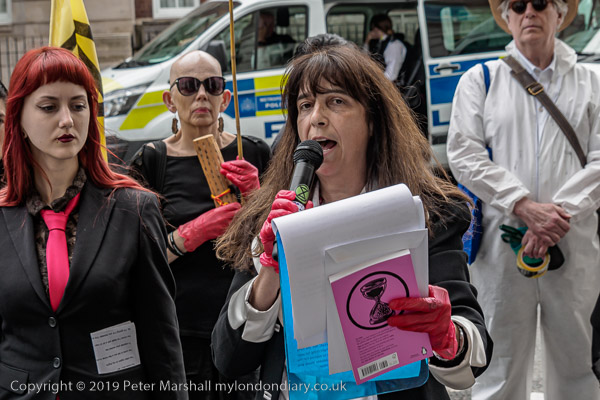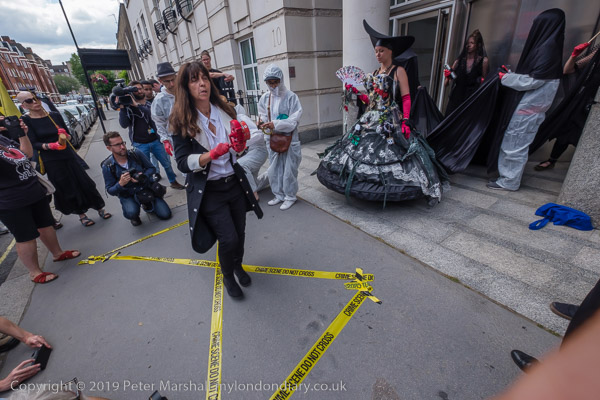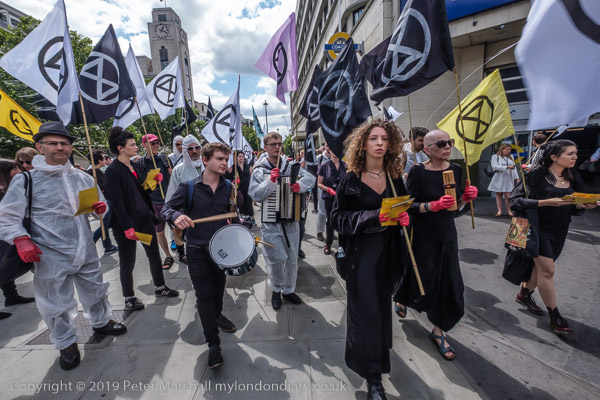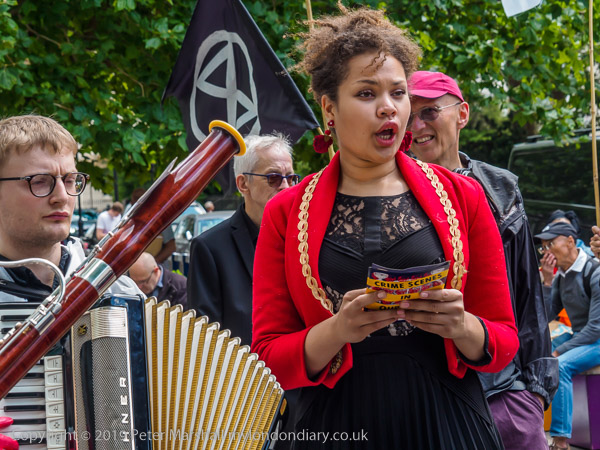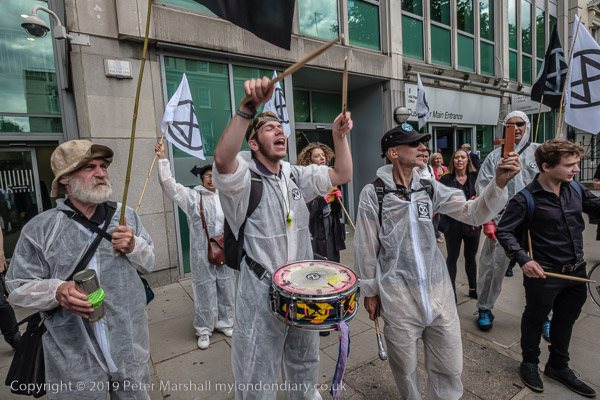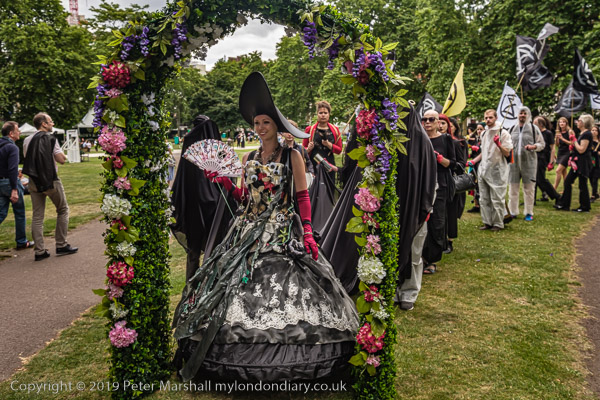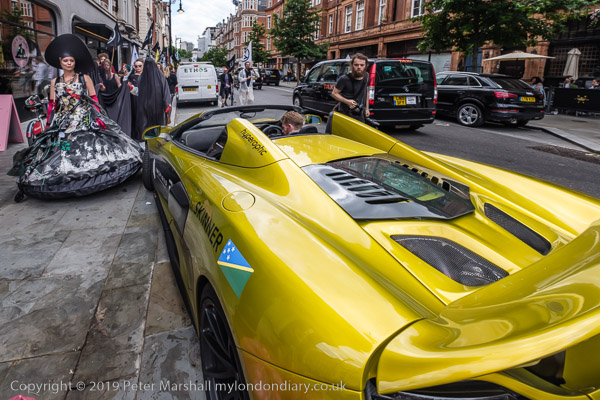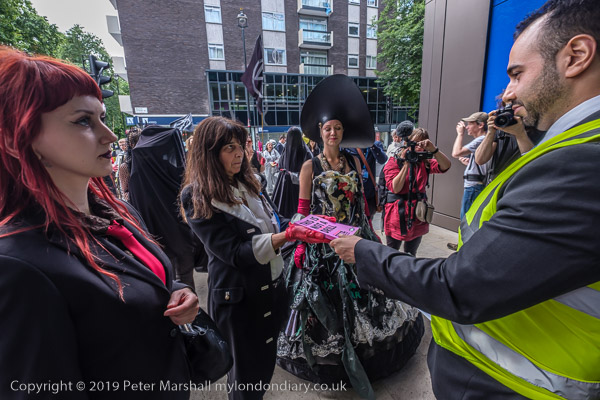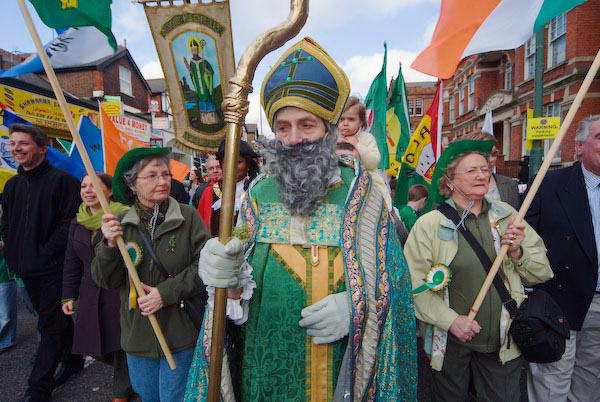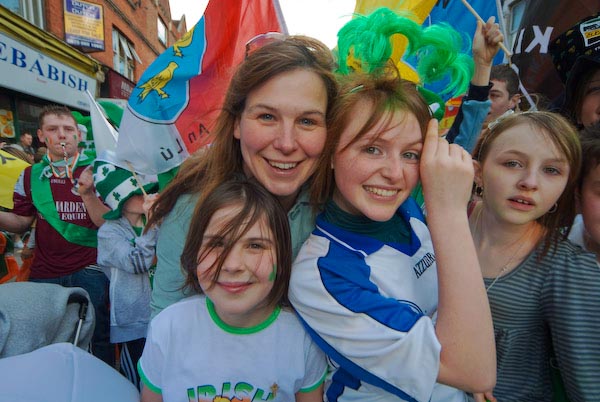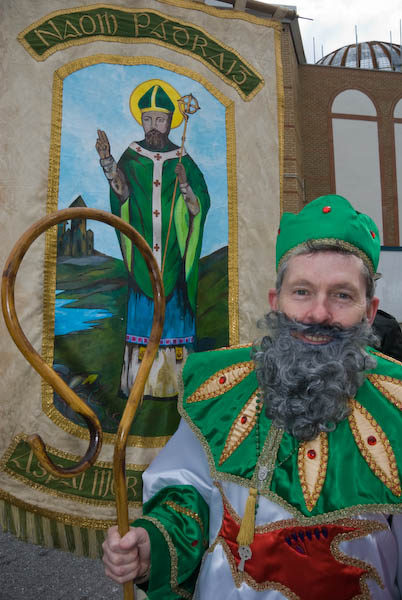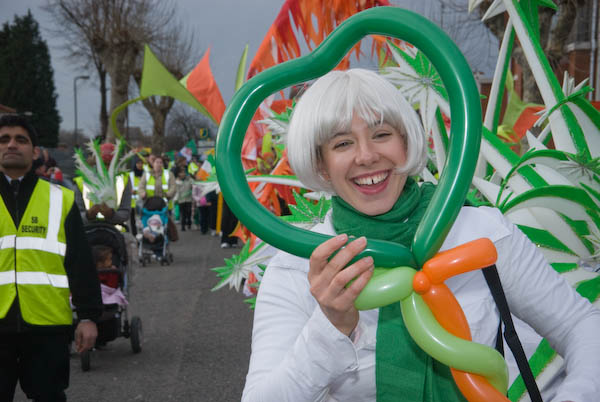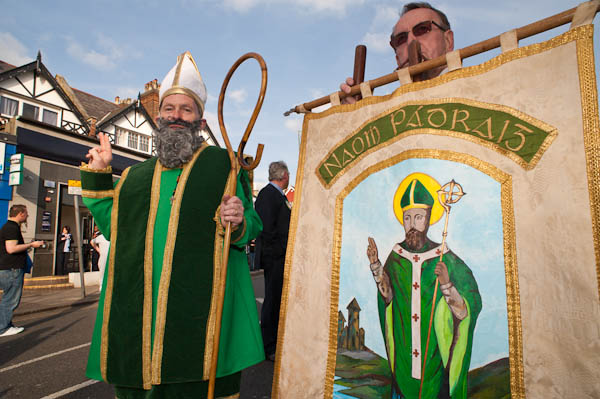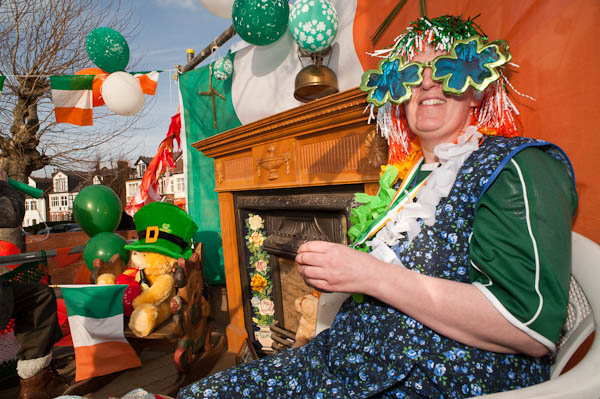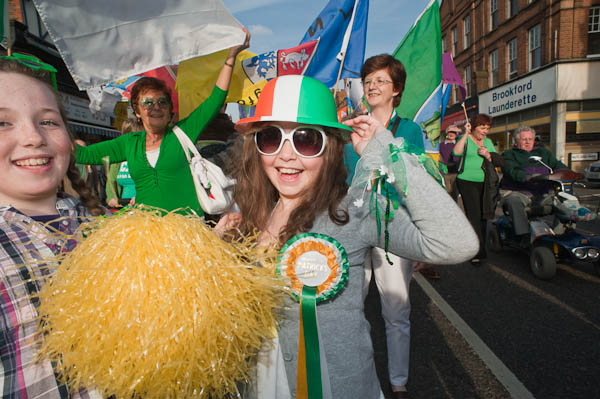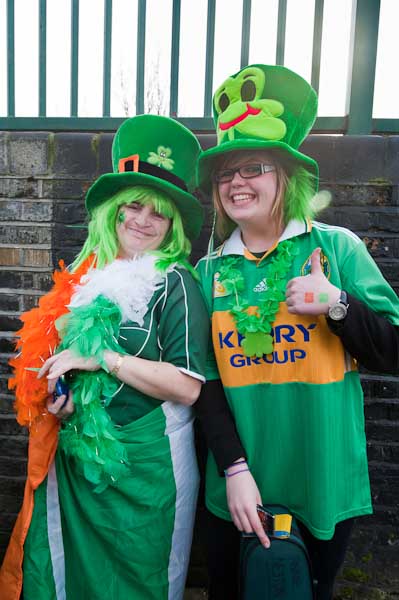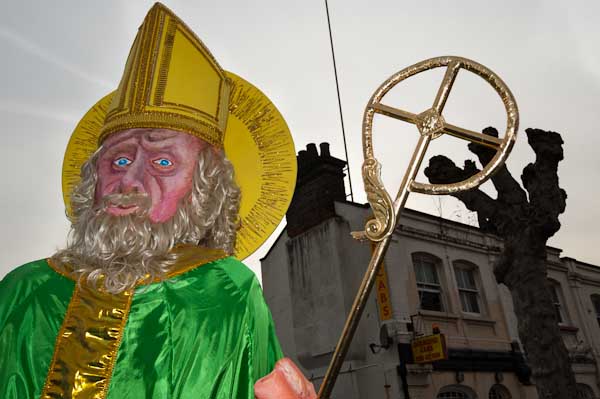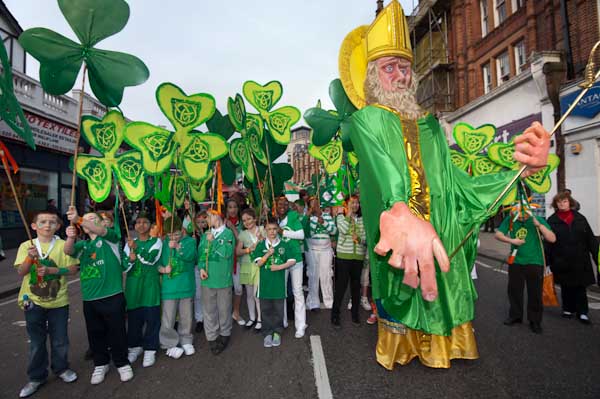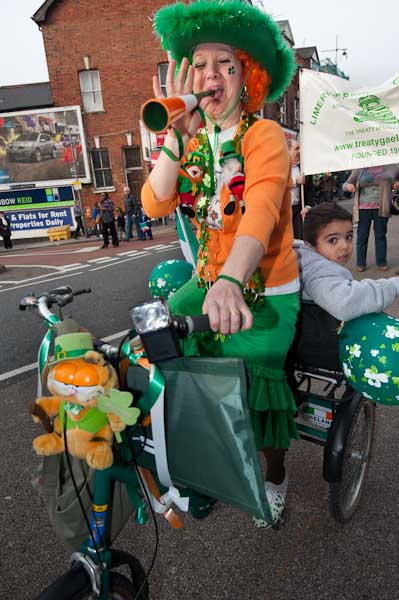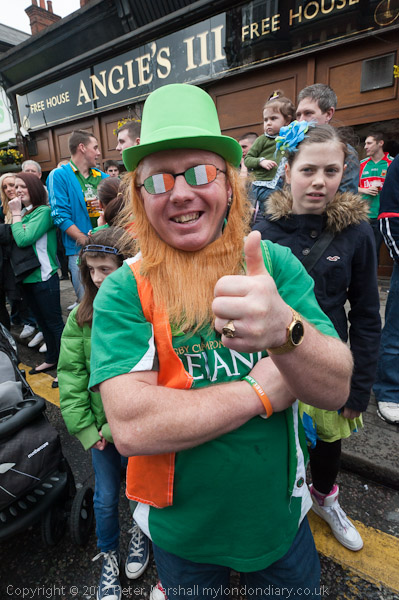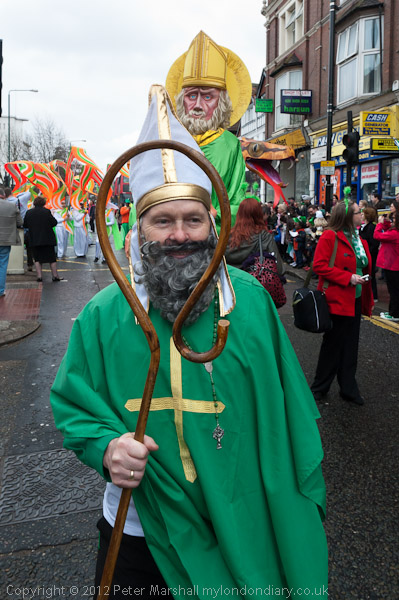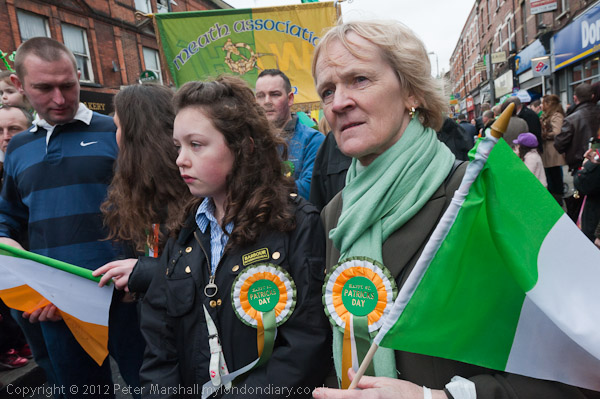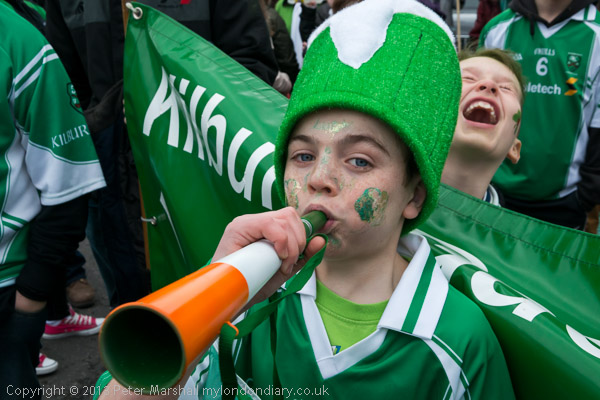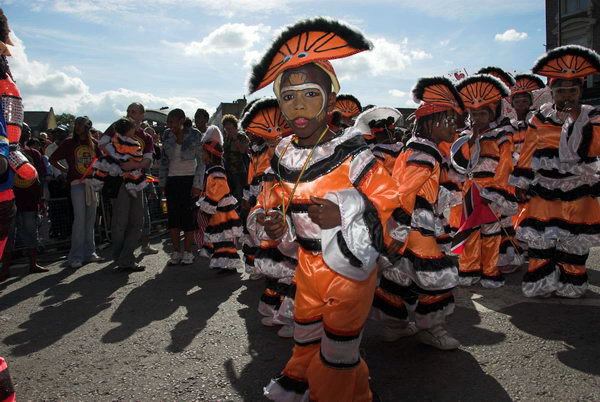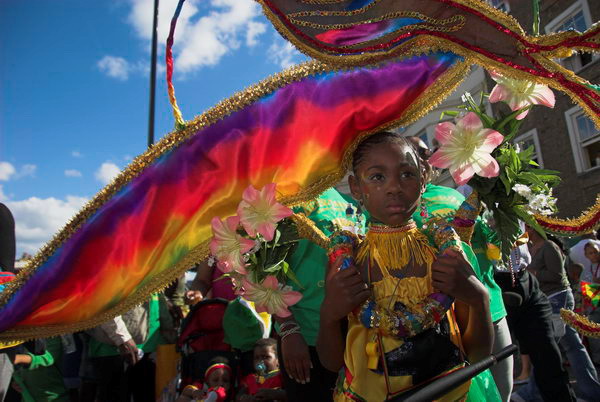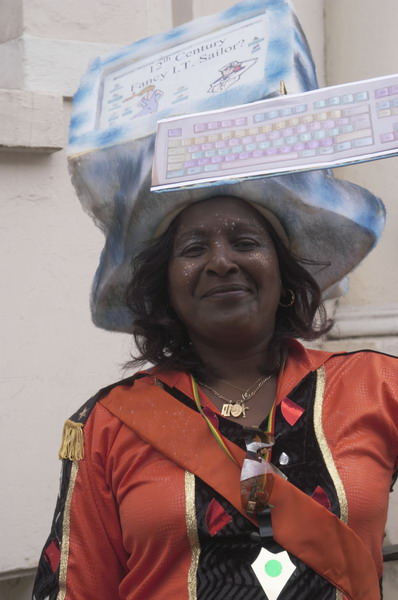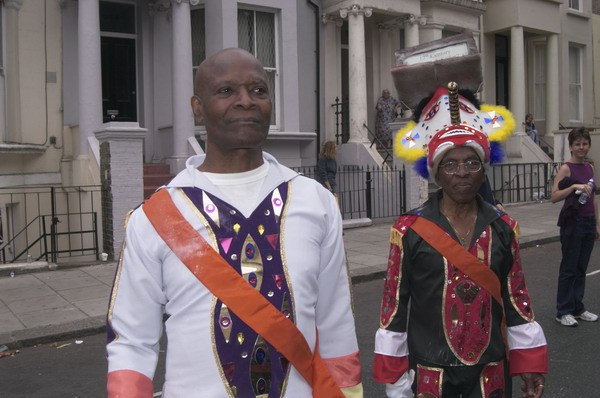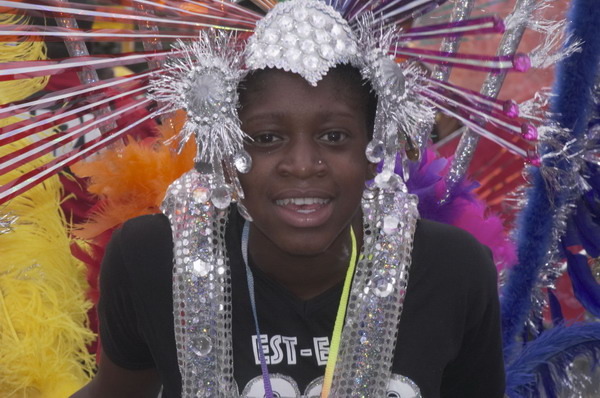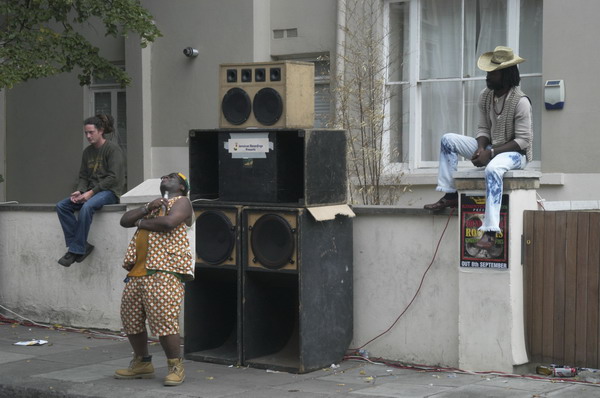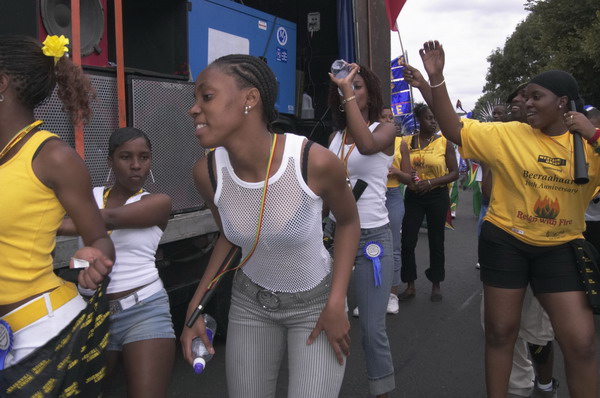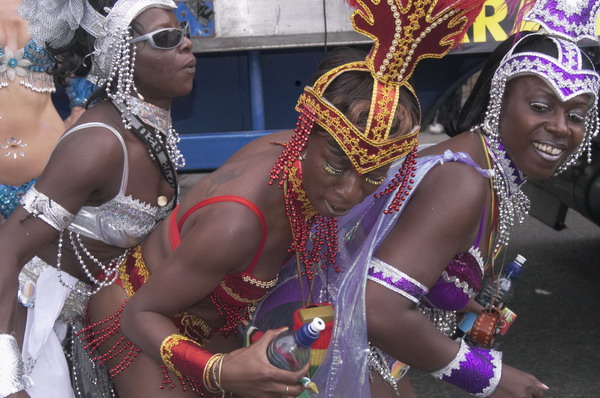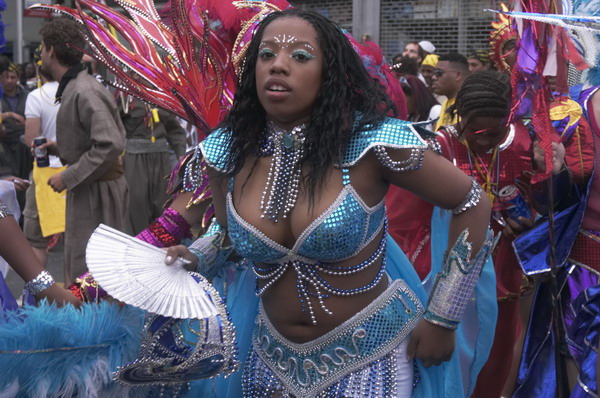Notting Hill Carnival – Children’s Day: Lurid and largely untrue media reports had put me off from attending carnival until 1990, but after I had gone and seen for myself the two days at August Bank Holiday each year became one of my unmissable events of the year.
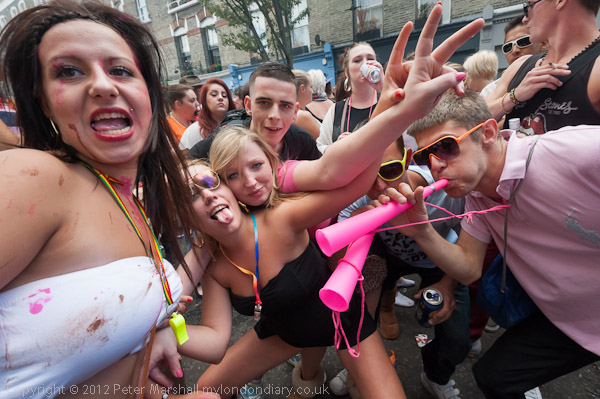
Each year from then on I went to photograph the revels, trying to capture the spirit of the event in my pictures, and I had some success, with publications and some small exhibitions of the work.
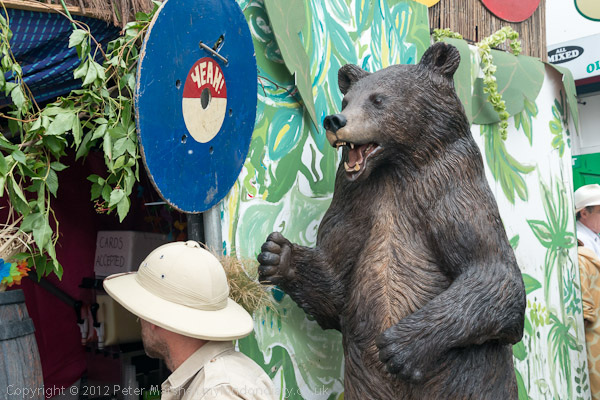
I saw and experience little of the criminality reports of which still often dominate press coverage, with many still trying to get carnival banned or to emasculate it as a static event in Hyde Park or something similar. Opposition to carnival, a great community event, seems at least in part driven by the same kind of racist and classist attitudes that led to Grenfell. I only once in over 20 years came close to it when I caught a pickpocket with his hand in one of my trouser pockets in a densely packed crowd. I grabbed it and pulled it out, to find it clutching an empty wallet – not mine.
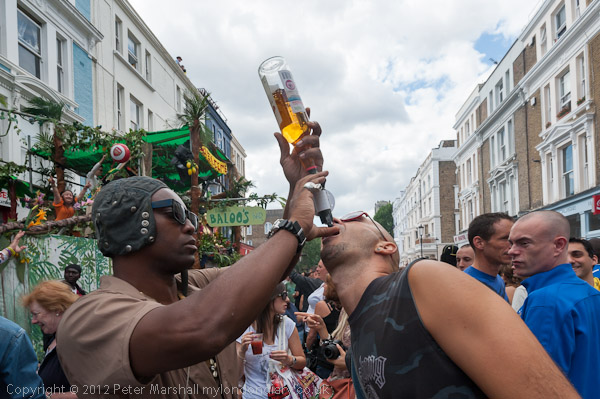
Of course I took some sensible precautions, taking only the equipment I needed and keeping a close eye and hold on it. I used a small bag which in crowded areas at least was always around my neck and in front of me rather than on my shoulder, and left my wallet and credit cards at home, carrying enough cash for travel, food and drink in a zipped pocket.
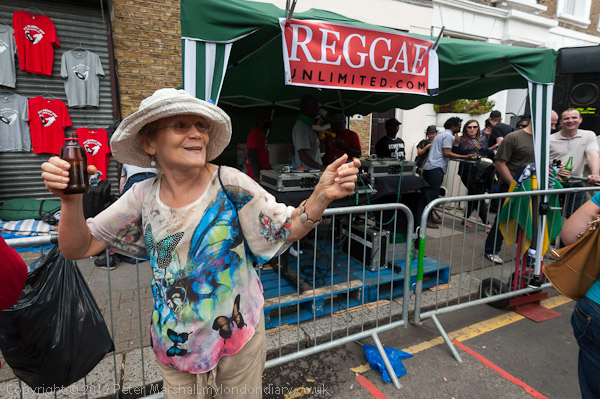
Most of what mayhem there was – and given the huge number of people in the area there was relatively little of it – took place later in the day, after a day of dancing and drinking and after I had gone home, always before the light began to fade.
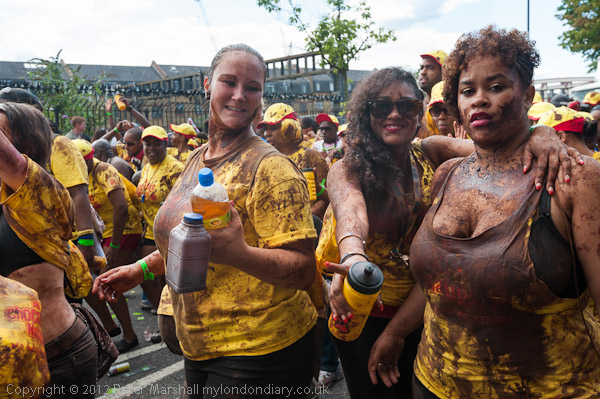
While I was there the streets were full of people having a good time and happy to be photographed while they were doing so. Mostly they were Londoners, and particularly black Londoners, though some people came from far away for the event. When we were in St Denis at the north of Paris one year I photographed posters advertising trips for the event.
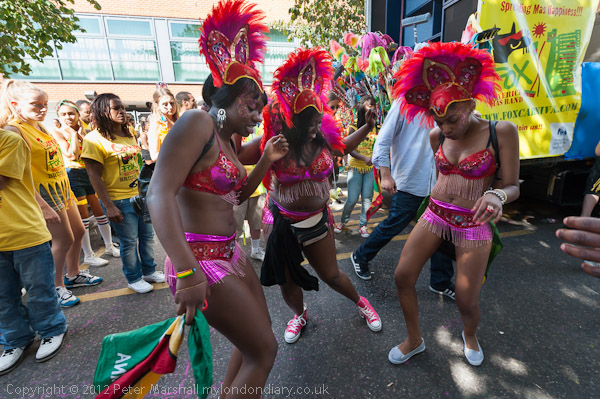
The only real problem I had over the years was with my ears. At carnival you don’t just hear the music, you feel it as the tarmac on the streets vibrates and your internal organs jump around to the beat. For several days afterwards my ears would hurt , my hearing would be dull and my head would still be ringing. Some years when carnival came late in the month I was back teaching within a couple of days and it was hard.
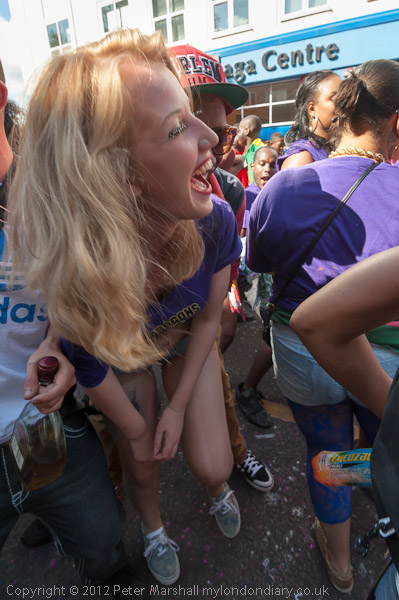
Professional media crews covering the event mainly wear ear protectors, and I did try using earplugs, but found it unsatisfactory. They stopped me experiencing carnival fully and made communication with those I was photographing difficult. It was like eating wearing boxing gloves. So I just put up with being deafened and taking a day or to for recovery.
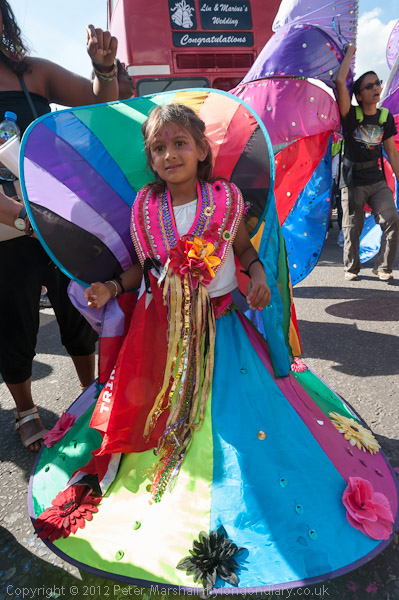
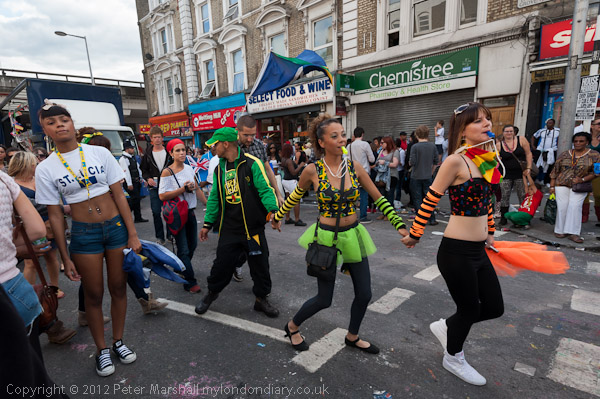
But by 2012 things were different for me. As I wrote then: “But either I’m getting too old for it, or perhaps carnival is changing, and this year I found it a little difficult. So I went on the Sunday, stayed around three hours and didn’t really want to return for the big day. So I didn’t.“
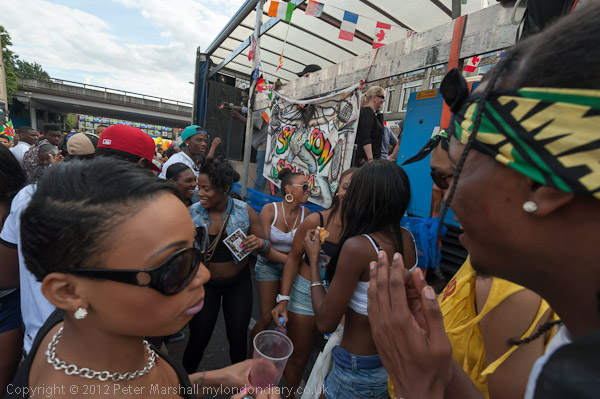
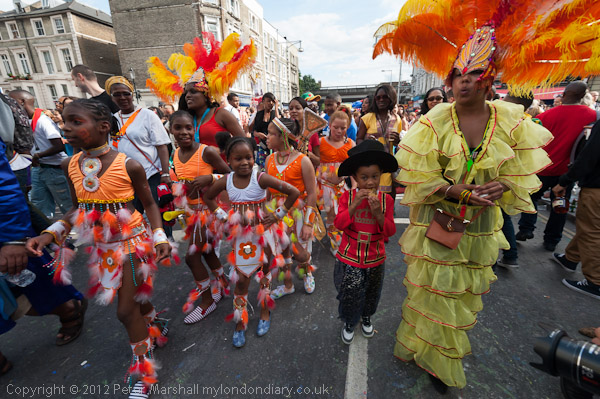
And this was the last time I went to Carnival. The next year I was away from London and in years since then I’ve thought about it, but not gone. I feel I’ve taken enough pictures of it.
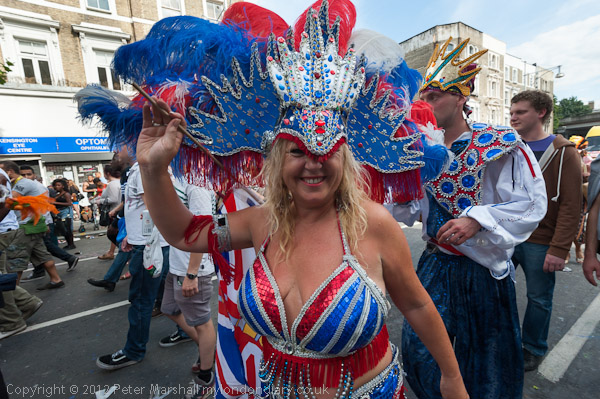
You can see more of the pictures from the 1990s in two albums – Notting Hill Carnivals and Panoramas on Flickr though I’ve still to add some from later years. Many of those from this century are on My London Diary, including many more from 2012 at Notting Hill – Children’s Day.
Flickr – Facebook – My London Diary – Hull Photos – Lea Valley – Paris
London’s Industrial Heritage – London Photos
All photographs on this page are copyright © Peter Marshall.
Contact me to buy prints or licence to reproduce.
